The answer to China and Russia: the new Japanese generation of fighters is on the way
Not the Raptor or the Black Widow
The Japanese until the last hoped to get an American F-22, but the Americans made it clear that this car would never be exported. Meanwhile, the issue of replacing the fourth generation has not gone away. And this is not only a replacement for the F-4 and F-15, but also for the Mitsubishi F-2, which is nothing more than a deep modernization of the F-16. Now these machines are the basis of the Japanese Air Force: a total of 94 serial ones were built, eighteen of which were damaged by the tsunami on March 11, 2011. Some damaged fighters had to be written off.
Today, the main hope of the Japanese - the supply of American F-35. The Air Force Self-Defense Forces have already delivered eighteen F-35A aircraft (one of them crashed on April 9, 2019). On July XNUMX, it became known that the US Department of Defense Agency for Military Cooperation sent The US Congress reported on the planned upcoming sale to the Japanese of another 105 F-35s: 63 “ordinary” F-35As and 42-F-35Bs with short take-off and vertical landing.
But what about the development of a national fighter? For a long time, it was believed that the Land of the Rising Sun would not go further than creating a technology demonstrator Mitsubishi X-2 Shinshin, which first flew up on April 22, 2016. However, it soon became clear that the F-35 alone was not enough for the Japanese. At one time, such giants as BAE, Lockheed Martin and Northrop Grumman wanted to help develop a conditionally “their” fighter. Behind the latter is the development of YF-23, a competitor to the F-22, which "did not fire."
Experts believed that Japan could order Northrop to create a promising machine based on YF-23 technology. In turn, LM wanted to play on the desire of the Japanese to get the F-22. “Lockheed Martin is encouraged by the ongoing dialogue between the US government and the Japanese government regarding plans to replace the F-2 in Japan and looks forward to detailed discussions with the Japanese industry,” the company said earlier. The company's proposal involved the creation of a kind of hybrid F-22 and F-35.
However, on March 27, 2020, Reuters, citing its sources, reported that Japan wants to develop a new generation fighter itself, they decided to refuse proposals from foreign partners. The next step, logically flowing from this, was the formation of the appearance of the future machine. It is too early to talk about exactly what the new aircraft will be, but the general concept is generally clear.
In short, the car will have almost nothing to do with the X-2 Shinshin, also known as the ATD-X. The recent financial report of the Japanese Ministry of Defense refers to a certain Next Generation Fighter - a large multi-purpose combat vehicle (Shinshin is comparable in size to a Gripen fighter). An image of a fighter was also presented there: in appearance the concept is similar to the sixth generation heavy fighters being developed now in Europe - the British Tempest and the pan-European FCAS.
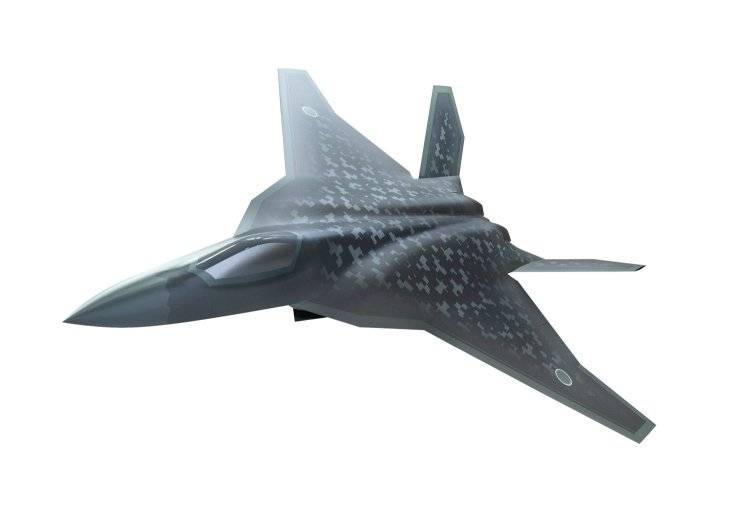
Speed up development
Next important news was the information presented in July this year by Defense News. According to these data, on July 2020, the Ministry of Defense of Japan submitted a draft plan for the development of a new fighter. The general contractor for the program will be selected by the beginning of next year, and this can happen in October 2024. This step allows you to determine the basic parameters. The next stage will be the production of the first prototype fighter, which they plan to start in 2028. We intend to conduct flight tests in 2031, and the serial production of the fighter is scheduled for 2030. The beginning of the full operation of the machine, according to the information presented, can be expected in the mid-XNUMXs.
From the outside, all these dates seem too optimistic, especially when you consider that after the Second World War, the country practically did not develop its own fighters from scratch. The only exception is the Mitsubishi F-1 - a Japanese fighter-bomber, created on the basis of the training Mitsubishi T-2 and already withdrawn from service.
If we assume that the Japanese will be able to meet the deadlines, then they can get a new generation fighter earlier than the Europeans. Recall that the aforementioned Tempest and Franco-German fighters intend to adopt around the end of the 2030s, when Dassault Rafale and Eurofighter Typhoon will no longer meet the requirements of their time.
In the future, the new Japanese fighter will replace all 90 Mitsubishi F-2s, which should be decommissioned in the mid-2030s. It is too early to talk about what opportunities the new product will have. The Japanese said that the new aircraft should be inconspicuous and compatible with US military complexes. Probably, this is a partial unification of systems, as well as the ability to exchange information on the battlefield.
The fight for Asia
The development of a national fighter is directly related to the realities that take place in the Asia-Pacific region. On the one hand, there is a clear strengthening of China, which, recall, back in 2017, adopted its own fifth-generation fighter J-20. On the other, US policy is unpredictable in recent years, as well as the frequently repeated theses on American isolationism.
Simply put, the Land of the Rising Sun understands that at some stage, it will probably have to remain face to face with threats. And in this situation, it is better to have a developed military-industrial complex (this also applies to aircraft manufacturing) than to always rely on the distant United States. Fortunately, Japan can afford it. At least from a purely financial point of view.
A promising Japanese fighter is also an answer to the appearance of the Su-57: a conceptually more successful aircraft than the Chinese J-20. In addition, do not forget that the capabilities of the Mitsubishi F-2, which does not have stealth technology, can be largely leveled by the new Russian anti-aircraft missile systems S-400 and S-350.
In theory, Japan could limit itself to purchasing F-35s, acquiring additional Lightings in the future and bringing their total number to several hundred. However, it must be assumed that the national prestige of one of the leading economies in the world, as well as the anti-American sentiments taking place, played its role.
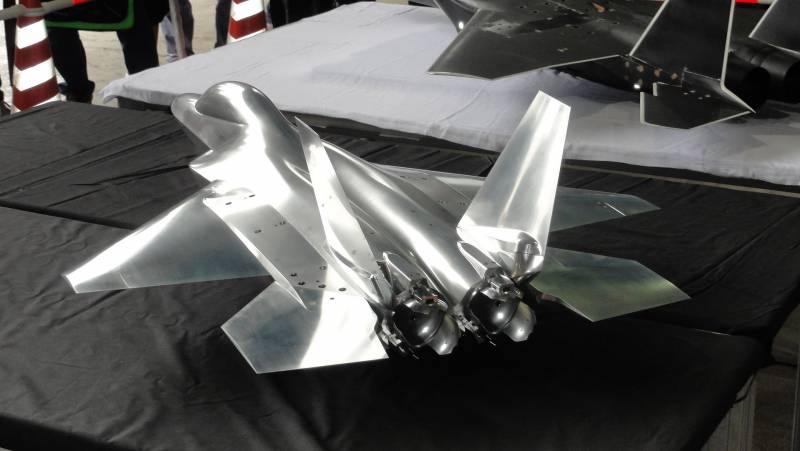
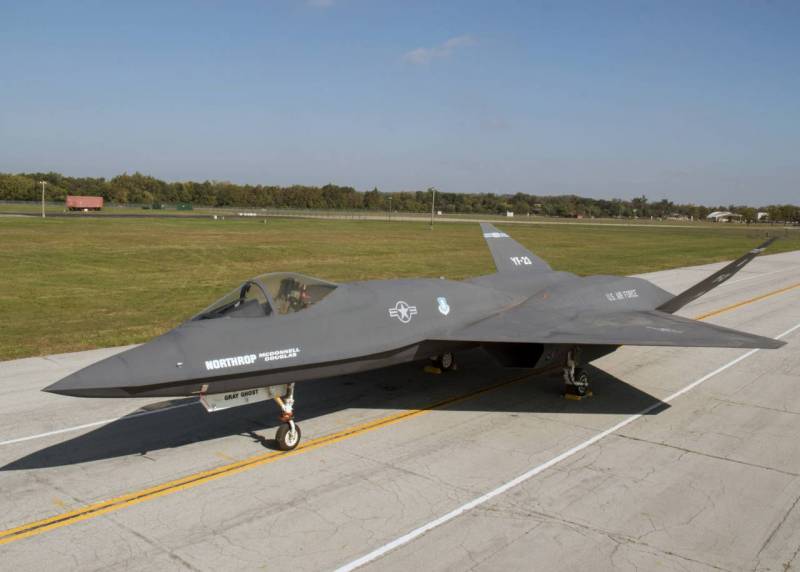
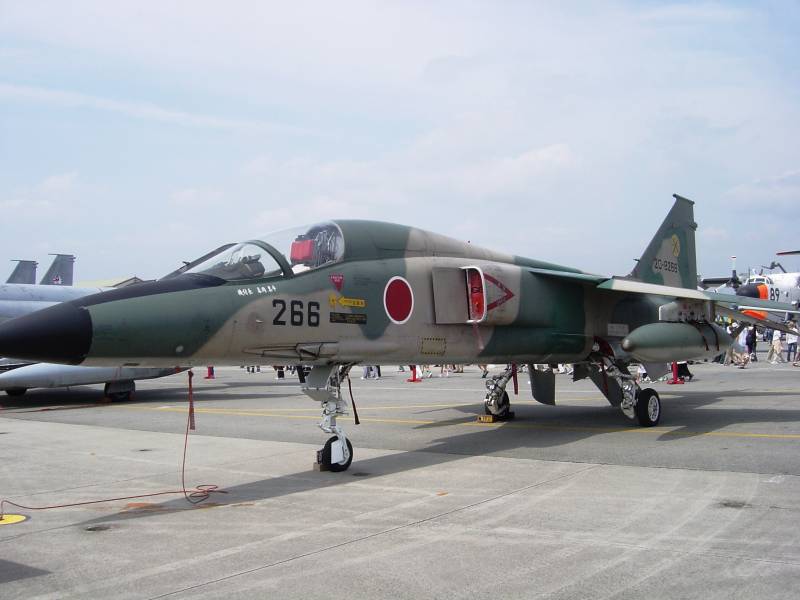
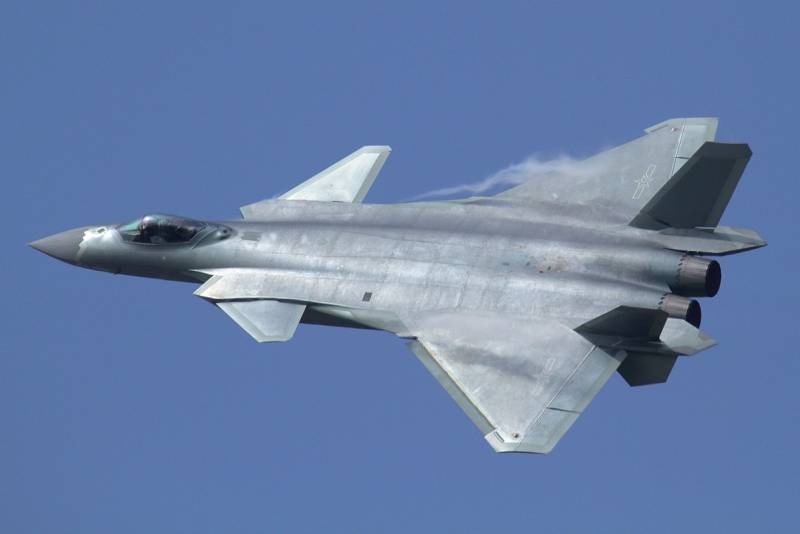
Information